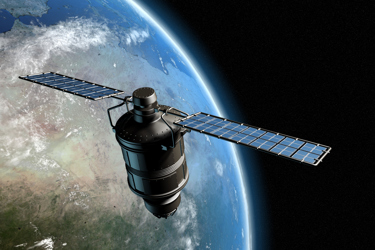Designing Optical Filters For Earth Observation And Satcom

Space is the new technological frontier, allowing us to gather and share data at unprecedented rates through emerging satellite technology. Single, older-generation satellites are becoming obsolete, while smaller, lower-orbiting constellations of satellites designed for earth observation and satellite communications (satcom) are becoming the norm. These next-generation satellites require next-generation technology to make them efficient and highly effective. Spectral filters, which separate optical signals from background noise, are essential to satellite operation.
Earth observation and satcom systems require spectral filters to block radiation and other “background noise” interfering with their operation. For earth observation, spectral filters measure terrestrial phenomena for various functions, from weather and environmental monitoring to agricultural applications. Satcom relies on clusters of satellites communicating with one another. Spectral filters allow precise wavelengths to pass through, enabling communication while eliminating the “noise” of unwanted wavelengths such as solar radiation and facilitating using more than one spectral signal channel at a time. Designing satellites with these filters in mind saves time and decreases production costs.
Get unlimited access to:
Enter your credentials below to log in. Not yet a member of Photonics Online? Subscribe today.
